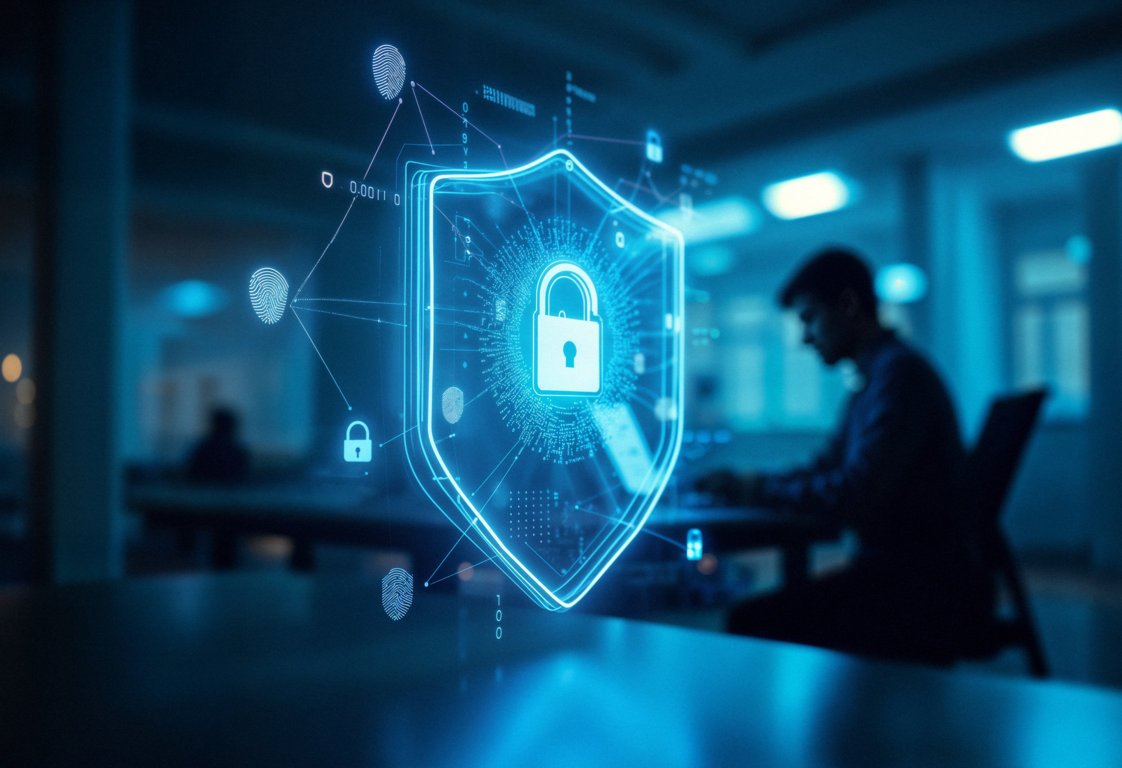How to Choose the Right Cybersecurity Tools for Your Organization
How to Choose the Right Cybersecurity Tools for Your Organization Choosing the right cybersecurity...

The latest wave of coordinated attacks targeting major firewall and VPN vendors reinforces exactly why Argus was built. Today’s threats are more coordinated and persistent, challenging organizations to stay ahead even with the strongest security tools. To meet these challenges, organizations need a solution that works with their existing tools while adding more visibility, intelligence and advanced automation to stay ahead of attacks. Argus by Genix Cyber strengthens current security measures without replacing the systems you already have in place. It works with the systems many enterprises already rely on, including Cisco, Fortinet, and Palo Alto Networks, bringing unified visibility and faster response when threats emerge.
When Argus detects unusual activity, such as a sudden surge in VPN login attempts, it can automatically block malicious IPs across connected firewalls and VPNs. Analysts receive clear, actionable insights instead of noise, allowing them to focus on genuine threats. By connecting data across multiple tools, Argus helps ensure insights from multiple security tools are connected, reducing the chance attackers exploit overlooked gaps. This proactive approach keeps organizations prepared, informed, and resilient against evolving threats.
Let’s look at this in detail.
Recent intelligence from GreyNoise highlights a surge in coordinated brute-force campaigns targeting Cisco ASA and FTD firewalls, Fortinet SSL VPNs, and Palo Alto Networks GlobalProtect portals. The attacks originated from overlapping subnets, showed similar TCP fingerprints, and executed simultaneous login attempts across multiple vendors, pointing to a single, well-organized threat actor.
Within a week, over 1.3 million unique login attempts and a fivefold increase in scanning activity were observed, revealing the scale and precision of these operations.
The first signs appeared in early September when scanning activity began targeting Cisco ASA devices, weeks before the disclosure of high-severity zero-day vulnerabilities later linked to the ArcaneDoor espionage campaign. Similar patterns were seen against Palo Alto GlobalProtect portals and Fortinet VPNs, suggesting a coordinated effort to exploit shared weaknesses across leading firewall vendors.
The campaigns demonstrated clear coordination, including identical TCP fingerprints, shared subnets, and overlapping periods of activity. Historical data shows that such spikes often occur several weeks before public vulnerability disclosures, serving as early warning indicators for defenders.
GreyNoise recommends that organizations:
While these recommendations are important, many organizations face practical challenges. Firewalls, VPNs, and other tools detect threats but rarely work in a coordinated way. Analysts spend hours correlating logs, recognizing brute-force patterns, and responding manually. These delays leave gaps that attackers can exploit.
Argus monitors activity across all integrated systems and identifies anomalies indicating coordinated campaigns. It can respond and remediate automatically, reducing the risk of breaches before they escalate. Analysts receive clear, actionable alerts, allowing them to focus on critical threats rather than routine noise. By connecting insights across existing tools, Argus ensures attackers cannot exploit gaps in fragmented defenses.
Argus provides dashboards summarizing attack patterns, suspicious activity, and response effectiveness. CISOs and executives gain a clear view of security posture, emerging risks, and operational readiness. This level of visibility helps allocate resources efficiently and make informed decisions.
Argus converts early warning signals into preventive measures. Traditional firewalls may log brute-force attempts but rarely act beyond alerts. Argus closes this gap by integrating with existing tools and automating mitigation, ensuring coordinated campaigns do not escalate into breaches.
Argus filters low-priority alerts and highlights true threats. Analysts respond faster to verified incidents. CISOs gain confidence in their teams’ ability to handle sophisticated campaigns. Executives receive real-time visibility into risk exposure.
In 2025, attackers are increasingly focusing on the very tools meant to protect enterprises. Firewalls, VPNs, endpoint detection systems, and supply chain components are becoming prime targets for initial access. Reports from Fortinet and Recorded Future indicate that edge security and gateway devices are now among the most frequently attacked assets. Threat actors are using automated reconnaissance, AI-driven scanning, and zero-day exploits to bypass traditional defenses with alarming efficiency.
This represents a strategic shift in how cyber adversaries operate. They are no longer satisfied with simply evading security. Instead, they are actively exploiting weaknesses in the systems organizations rely on for protection. The growth of Cybercrime-as-a-Service platforms and readily available exploit kits has lowered the barrier for launching sophisticated attacks. Even actors with limited skills can now target high-value security infrastructure.
With the time between vulnerability disclosure and active exploitation shrinking, organizations can no longer wait for incidents to occur before taking action. Leaders must adopt proactive exposure management, continuous monitoring, and real-time threat mitigation to stay ahead.
These campaigns demonstrate how attackers exploit shared infrastructure, brute-force methods, and zero-day vulnerabilities. Organizations relying solely on traditional defenses risk delays, operational disruptions, and financial losses.
Argus strengthens existing defenses. It integrates with Cisco, Fortinet, and Palo Alto devices, monitors login attempts, correlates scanning activity, and automatically blocks suspicious IPs. Analysts focus on strategy, CISOs gain confidence in threat response, and executives understand risk exposure in real time. GreyNoise’s findings are a clear reminder that coordinated cyber threats are sophisticated and persistent. Argus provides the additional layer of defense organizations need to stop such attacks in their tracks.
How to Choose the Right Cybersecurity Tools for Your Organization Choosing the right cybersecurity...
Threat Intelligence vs Threat Hunting: What’s the Difference? In the fast-paced world of cybersecurity,...
The Role of Behavioral AI in Detecting Endpoint Anomalies Imagine this: Your organization’s security...
Fill out the form below!